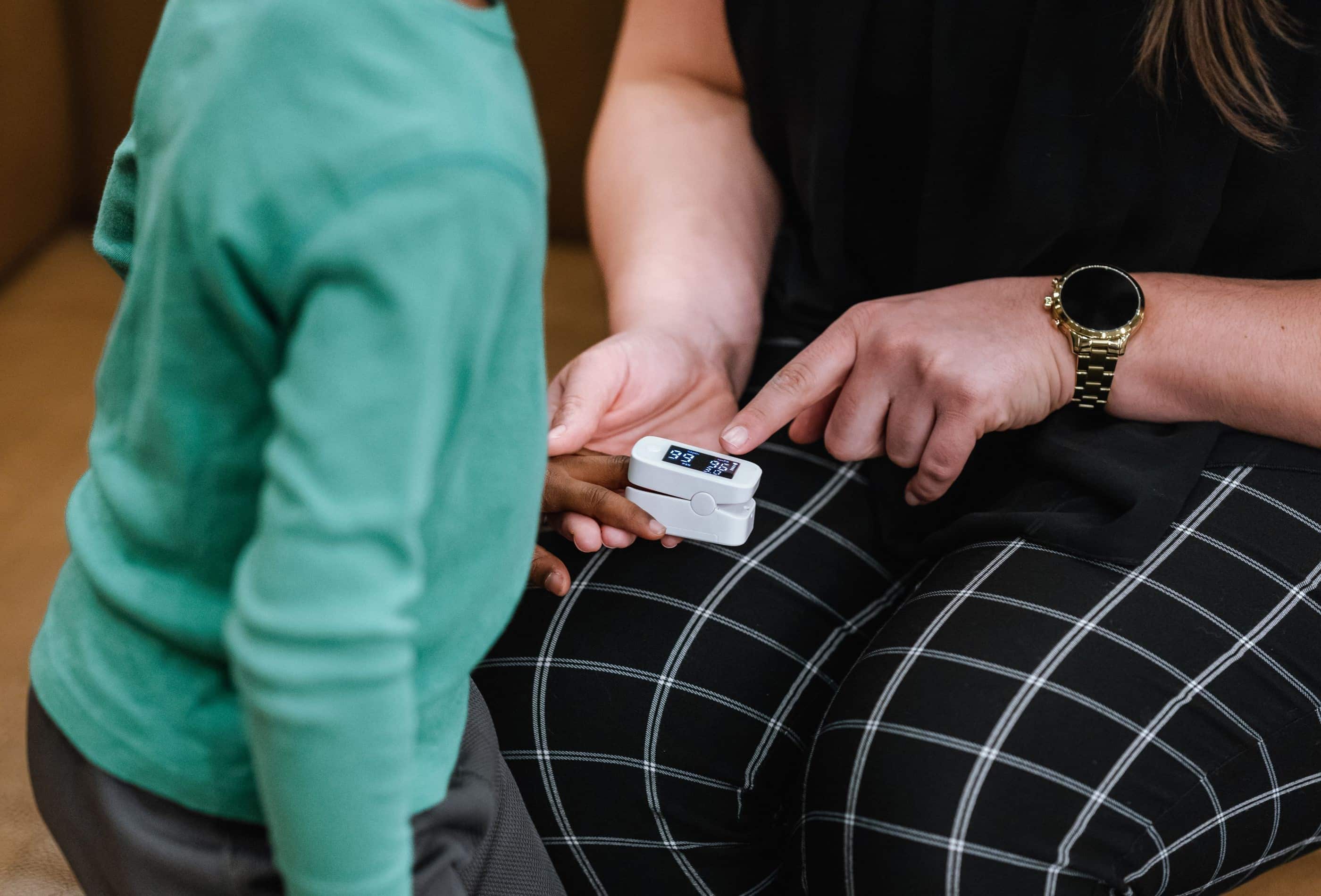Virtual technology makes in-home care possible for young heart patients
Madisen Gee - 14 February 2024

(Photo: Getty Images)
Pediatric cardiology patients and their families who live in remote locations will be able to spend more time at home, thanks to alternative methods of care being developed by the University of Alberta’s Cardiovascular Research Institute (CVRI).
Access to care is a major barrier for many Alberta pediatric heart patients: 30 per cent live more than an hour away from a cardiology centre. Of those, 10 per cent live more than three hours away. Travelling to appointments is difficult for families, working around parents with jobs, children in school and poor road conditions many months of the year.
The institute team wanted to overcome some of these barriers, says Jennifer Conway, associate professor in the U of A’s Department of Pediatrics and co-lead on the Evans Family Grant project.
After the COVID-19 pandemic, the team became increasingly interested in alternative methods of providing care to patients and families in their homes and reducing the need for in-person visits, says Andrew Mackie, professor in the Department of Pediatrics, fellow co-lead of the project and Stollery Science Lab Distinguished Researcher. Using administrative data collected from kids born in Alberta, they looked at how far people were from a cardiology centre and socioeconomic status.
“There is an inverse relationship between how far away people live and how many annual visits they have in the cardiology clinic,” Mackie says. “It hasn’t made a difference in terms of survival, fortunately, but the message is that if you live closer to the hospital, you’re more likely to access regular cardiology followup.”
To alleviate the geographic barriers, the Evans Family Grant is also supporting other projects at the cardiovascular institute, including the development of a home-based virtual care platform. This virtual platform allows parents to use weight scales, oxygen-measuring devices and blood pressure cuffs that are wirelessly connected to a smartphone app. The app automatically sends the information directly to the child’s cardiology team.
“Pediatric cardiology is a very specialized area. Ultimately, care needs to be in bigger places like Edmonton or Calgary,” says Mackie. “But by being able to safely monitor patients in a home environment, we can improve their access to care and provide advantages to families who live far away.”
The next step for remote monitoring will be using artificial intelligence to analyze the data gathered and develop warning systems for patients. If the system detects certain patterns, it can inform parents and doctors when a child may need more urgent care.
The institute team is also working to establish better home-based pediatric rehabilitation programs, including a stationary bike in the patient’s home connected to a video game interface. The Medbike system tracks and allows for real-time remote monitoring by health practitioners at the hospital.
“The kids love it,” says Mackie. “It’s very interactive. The faster they go, the image on the video screen changes.”
While the research is currently aimed toward pediatric patients, it will also improve access for all people wanting to improve their heart health, says Justin Ezekowitz, professor in the Faculty of Medicine & Dentistry and director of the Cardiovascular Research Institute. “The CVRI is committed to cardiovascular research through building the capacity to do research across all ages and inspire new, innovative research that will improve patient care.”
For Conway and Mackie, the research is a team effort. “We really are grateful for our collaborators,” says Conway. “It’s not just us. There are many people who contribute to all of our projects. Without them, the work couldn’t be done.”
The institute’s research is proving to be key not only to understanding patient outcomes, but also understanding how to improve the lives of children with heart defects. Funding like the Evans Family Grant is critical in making it happen.
“Gifts like this are so important. They allow us to pursue the questions that help optimize the care of the children we look after,” says Conway.
The Evans’ gift has raised the visibility of the cardiovascular institute to other donors, making it more competitive in seeking funding, which means better things for future pediatric patients. “It has a long-lasting benefit that will allow us to continue with this work beyond the Evans’ grant,” says Mackie.